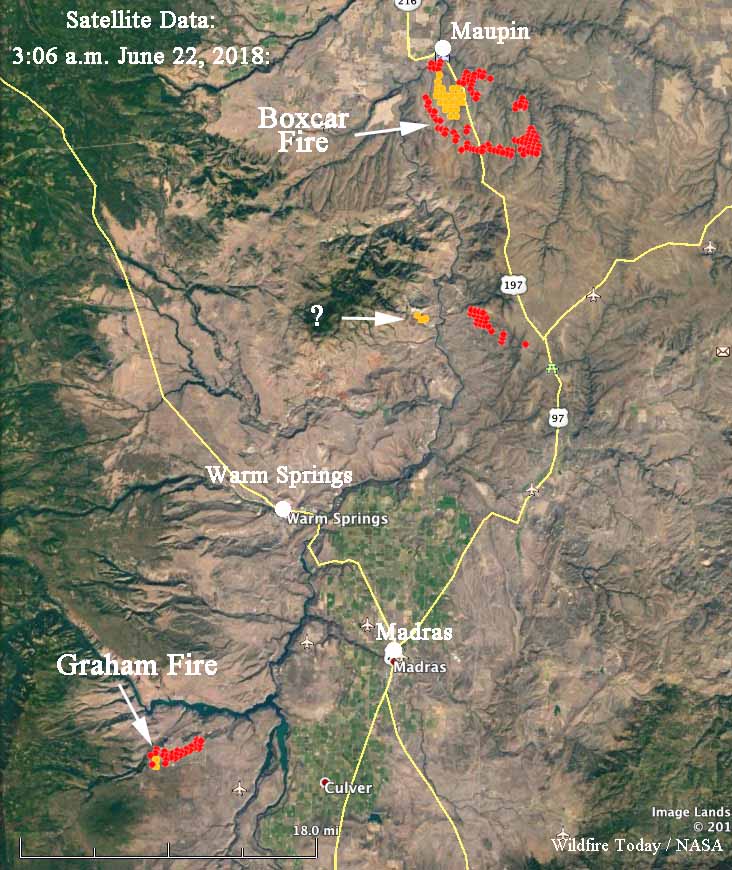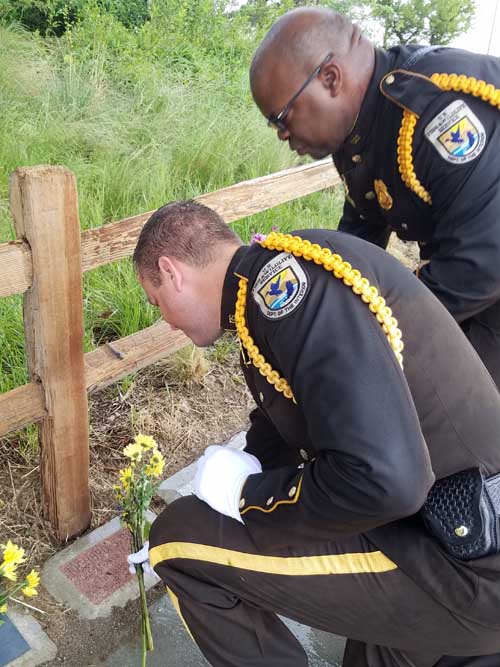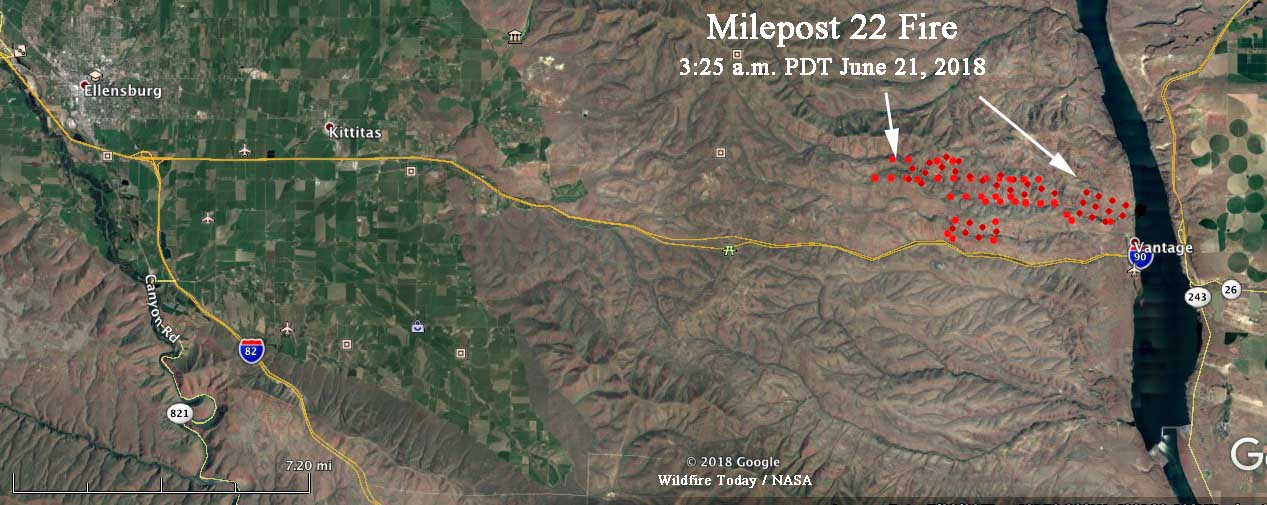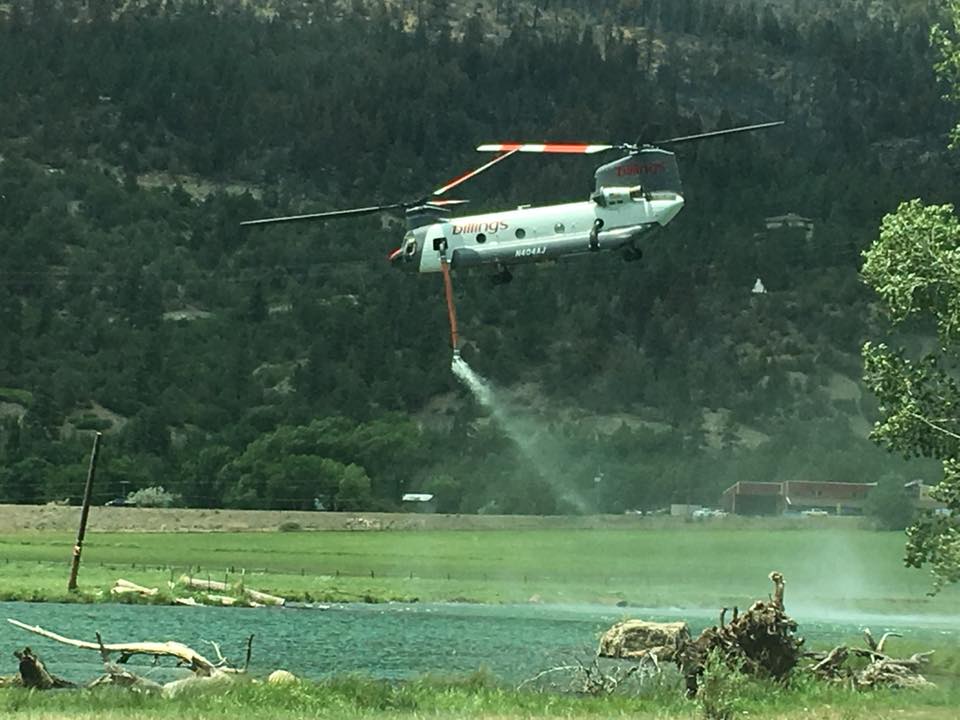When I worked at Log Springs in 1968 on the Mendocino National Forest in northern California, I don’t remember much discussion about the catastrophe that killed 15 wildland firefighters only a couple dozen miles away 15 years before. The Rattlesnake Fire was not a huge campaign fire that blackened tens of thousands of acres and took weeks to contain. It burned about 1,300 acres and was declared under control roughly 40 hours after Stan Pattan threw the match out the window of his green Buick on July 9, 1953.
All but one of the firefighters who perished that day were affiliated with the New Tribes Mission based at a nearby facility at Fouts Springs. Known to the locals as missionaries, they often mobilized as needed when fires were burning in the area. Some had taken fire training and others had none. The 15th person killed was a Forest Service employee who had volunteered to carry suppers down to the missionaries who were working on a spot fire at night down in a drainage — where they could not be seen by the other men on the fire — and the missionaries could not see the rest of the fire either.
 John N. Maclean, an author well known in wildland fire circles for his previous work, has released a new book about the Rattlesnake Fire: River of Fire: The Rattlesnake Fire and the Mission Boys. The official release is today, June 23 at the 75th Region 4 Smokejumper Reunion in McCall, Idaho.
John N. Maclean, an author well known in wildland fire circles for his previous work, has released a new book about the Rattlesnake Fire: River of Fire: The Rattlesnake Fire and the Mission Boys. The official release is today, June 23 at the 75th Region 4 Smokejumper Reunion in McCall, Idaho.
The book builds on the previous story about the fire that Maclean included in his Fire and Ashes book published in 2003 — which also included sections about three other wildland fire topics. The new book adds more details and includes information from, and sections written by, firefighters who have recently worked in the area, including three past superintendents of the Mendocino Hotshots. There are also new photos by Kari Greer, a photographer who specializes in wildland fire.
Maclean told us that one of the themes of this book is “Passing It On,” which is the title of the foreword written in May 2018 by Don Will, who was superintendent of the Mendocino Hotshots from 1988 to 1994. The book explains that the Mendocino Hotshots were for years the unofficial caretakers of the tragedy site.
“I knew there had to be people like her out there,” Dalrymple said.
River of Fire has a number of very compelling stories scattered throughout. For example, it describes the process of developing the first airtanker that could drop water on a fire: In the early 1950s there were attempts at designing an apparatus that could drop water from an airplane, but everything was crude and not very effective. Two years after the fire, though, in 1955 Joe Ely, the fire control officer on the Mendocino who had helped fight the Rattlesnake Fire, worked with a cropduster pilot named Vance Nolta — who designed a tank with a gate and a dump valve that could be operated from the cockpit. A test of the system (on a fire that was intentionally ignited along a runway at the Willows airport) was a success.
Later that year the new prototype airtanker was first used on a fire near Covelo on the Mendocino National Forest.
In this book is also a touching story about a young child who lived at the Fouts Springs missionary camp when the fire started in 1953. Her father was killed in the fire, and as she grew up her mother did not talk about him or how he had died. But in 2010 she found information about the tragedy online — and decided she had to find out more. After driving eight hours south from Oregon, she contacted the Forest Supervisor’s office in Willows and asked for directions. Here is an excerpt from one of the later sections of the book, in which she tells about family members meeting up with Daren Dalrymple and Jon Tishner:
… Instead, they acquired two eager tour guides, the former and current hotshot superintendents Dalrymple and Tishner, who volunteered to take them to the site and show them around. “I knew there had to be people like her out there,” Dalrymple said. “It was the best day on the hill I’ve ever had.”
The 1953 tragedy contributed directly to the 1957 development of the 10 Standard Firefighting Orders — and changes in wildland fire training, safety standards, and awareness of weather and fire behavior.
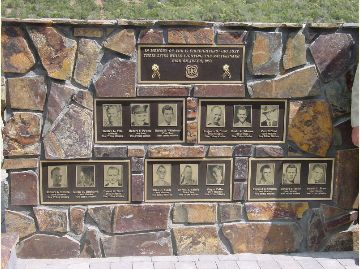
For decades there was not much at the site to identify it or interpret what had happened on that fateful day. In 1993 a plaque was installed with the names of the firefighters who had perished there, and in 2005 a new interpretive and training site overlooking the area in Grindstone Canyon was built on the old Alder Springs Road. It features exhibits describing the events that day in 1953, and trails on the site lead visitors along the desperate escape routes followed by those 15 firefighters.
The development of the memorial and the maintenance of the trails and the original firelines and dozer lines help support the numerous visits and staff rides each year. Passing on the lessons learned to new generations of firefighters can help build up their knowledge base about fire behavior and weather — and may keep them from repeating some of the unfortunate decisions that led to the deaths of 14 missionaries and one agency employee back in 1953.
There are, of course, other wildfires in which large numbers of wildland firefighters died — the 1910 fires (85 killed), the Griffith Park Fire in 1933 in a Los Angeles city park (29, most were not firefighters but were pulled from other tasks to work on the fire), the Blackwater Fire of 1937 (15), Mann Gulch of 1949 (13), Inaja in 1956 (11), South Canyon Fire of 1994 (14), and the 2013 Yarnell Hill Fire (19).
We asked Maclean for permission to use an excerpt from the book (longer than the brief one here), and this is what he sent us:
During the photo shoot for this book this spring, Kari Greer, photographer, and Daren Dalrymple, former Mendocino hotshot superintendent, ran into two young men, a former firefighter and a hopeful one, hiking the firelines at the site.
“When Daren and I were up there,” said Greer, “these two guys drove up and chatted with us briefly when we were shooting near the Gillaspy ranch. They said they were headed for the Rattlesnake site, and they proceeded on to the overlook. They must have stopped there, paid respects and read about the fire, and then walked around a bit from there.”
She said the two continued all the way up to Powderhouse Turn, while she and Dalrymple stayed at the overlook wrapping up the photo shoot. They watched as the two hikers made their way along the stand trails and the staff ride locations, spotting the two men now and then through the brush and across the canyon on the north slope.
“It was interesting to see it to scale,” said Greer, “the size of the guys hiking in the chaparral and their pace as they traversed the landscape. They did the entire thing, even going down to Cecil Hitchcock’s cross at the bottom and clear up to Stanley Vote’s cross at the top. This showed us that they knew the history and were doing the full experience.
“Daren and I made our way up to Powderhouse Turn, and we caught up with them as they were hiking out, coming up the Access Route that goes downhill to the Missionary Spot Fire. We talked a bit more with the two of them and learned that José Gonzalez was here being mentored by Daniel Hartrum, who is a former firefighter, now a teacher. José was working hard; he was wearing a Pack Test Vest and carrying a tool. They told us he was hoping to get hired onto a crew and Daniel was giving him some field experience at the site.”
The book is very well written and edited, as usual for a John N. Maclean product. As mentioned above, much of the content is from the Fire and Ashes book published 15 years ago, but there is a good deal of new text and updated information covering what has transpired in the intervening years. The contributions by the three hotshot superintendents are especially valuable. I recommend this book for Students of Fire and all wildland firefighters for the lessons that can be learned, especially if they have not read the Fire and Ashes book. It would be a good reading assignment before participating in a staff ride at the site.
The black and white photos are helpful to figure out the context and geography. The kindle version of the book expected later this summer or autumn will have Kari’s photos in all their glorious color. It will be available for both Amazon kindle and Apple products.
Related: read “The Back Story: The Development of the River of Fire book.”
The video below, uploaded to YouTube in 2017, shows the memorial site and some of the crosses marking the locations where the firefighters lost their lives.
Other books by John N. Maclean: The Thirtymile Fire, Fire and Ashes, Fire on the Mountain, and The Esperanza Fire.

